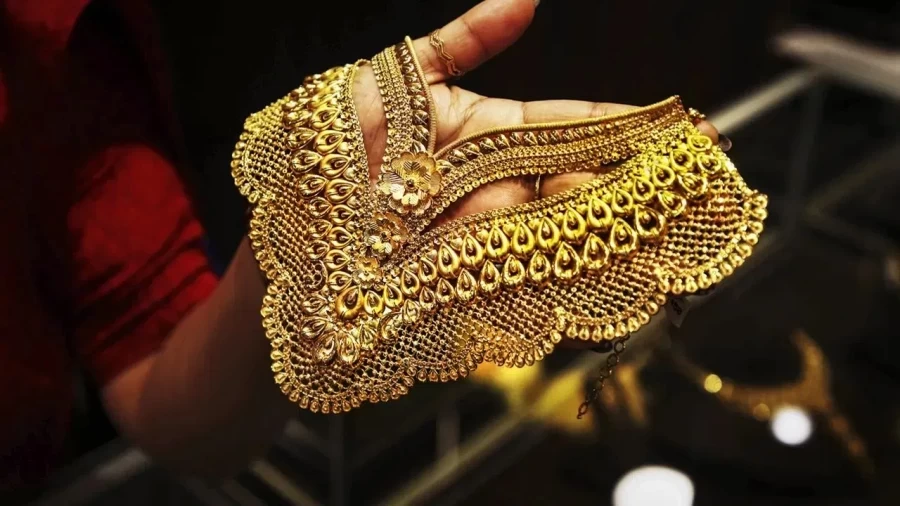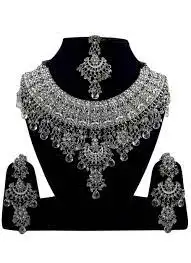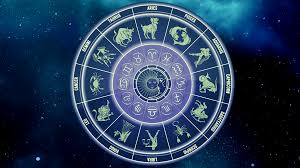Gold and Silver Prices Dip Slightly: Gold Drops ₹10, Silver Falls ₹100
In the latest market update, gold prices dropped by ₹10, bringing the rate to ₹97,900 per 10 grams. Silver also saw a ₹100 dip, now trading at ₹99,900 per kilogram. Interestingly, 22-carat gold went up by ₹10, with ten grams now priced at ₹89,740.

These slight movements in the precious metals market reflect the influence of global trends, domestic demand, and shifting investor sentiments. Even minor price changes can signal broader economic shifts, making it important for buyers and investors to stay updated.
Gold Sees a Small Dip But 22-Carat Variant Inches Up
Gold, long considered a safe investment during economic uncertainty, continues to show slight volatility. The ₹10 drop in standard gold may not seem dramatic, but it often reflects larger global patterns such as changing interest rates, geopolitical tension, or shifts in investor behavior.
Meanwhile, 22-carat gold saw a minor ₹10 increase. This rise likely stems from seasonal demand, especially in India, where gold purchases typically rise during weddings and festivals. Local jewelers often report spikes in foot traffic during such periods, which in turn pushes prices up.
Why Gold Prices Vary in India
In India, gold isn’t just an investment—it’s a cultural cornerstone. Households frequently purchase gold during Diwali, Dhanteras, and marriage seasons. These periods increase demand, which can lead to short-term price surges.

The ₹10 rise in 22-carat gold this week might be a result of this seasonal buying. Jewelers across major cities have reported a steady flow of buyers, especially those preparing for wedding ceremonies or looking to invest in long-term assets.
Silver Slips ₹100 Amid Market Volatility
Silver, often considered the “common man’s gold,” also fell by ₹100 per kilogram, landing at ₹99,900. Unlike gold, silver plays a crucial role in industrial manufacturing. This includes electronics, solar panels, and medical instruments.
Global slowdowns in manufacturing or uncertainty in industrial demand can quickly affect silver prices. As industries scale back production or adjust forecasts, silver demand shrinks—leading to falling prices.
Key Reasons Behind Gold and Silver Price Fluctuations
Let’s take a closer look at what drives these shifts in gold and silver rates:
1. Economic Uncertainty
When global markets become unstable, investors often turn to gold as a safety net. High inflation, recession fears, or conflicts usually drive gold prices higher. But when markets calm, gold prices may ease as investors return to riskier assets.
2. Inflation and Currency Strength
Gold and silver often act as a hedge against inflation. When the purchasing power of currency drops, people move their money into stable assets like gold. If inflation cools or the rupee strengthens, prices may stabilize or decline.
3. Interest Rates
Central banks like the RBI or the U.S. Federal Reserve influence precious metal prices through interest rate decisions. When interest rates rise, investors often pull money from gold and silver to put into fixed-income assets that offer better returns.
4. Geopolitical Tension
Political instability, war, or international disputes can cause uncertainty in financial markets. In such times, gold becomes more attractive. Even rumors or speculation about conflict can trigger price surges.
5. Market Sentiment and Speculation
Gold and silver prices don’t just reflect supply and demand—they also respond to how people feel about the market. Speculators, hedge funds, and retail investors constantly adjust their positions based on news, which can swing prices up or down rapidly.
What Do These Trends Mean for You?
If you’re a retail investor or planning to buy jewelry, the slight drop in gold and silver might be a good opportunity. Buying when prices are slightly down allows more value for your money. However, it’s essential to track trends. Experts suggest watching inflation numbers, interest rate announcements, and geopolitical developments to make smarter choices.
For long-term investors, gold still offers a stable hedge against inflation. On the other hand, silver provides exposure to both precious metal value and industrial demand, making it a dual-purpose asset.
Looking Ahead: Will Prices Go Up or Down?
Analysts believe the precious metals market will continue to show minor ups and downs in the coming weeks. As central banks release inflation and policy data, prices may shift accordingly.
If inflation picks up again or geopolitical risks rise, both gold and silver could become more attractive, possibly pushing prices higher. Conversely, if global markets stabilize and interest rates rise further, prices might cool off.
Final Thoughts
This week’s gold and silver price movements reflect a complex mix of global economics, seasonal demand, and investor mood. Gold dropped slightly, but 22-carat prices ticked upward due to local buying. Silver saw a steeper dip, driven by changes in industrial demand and broader economic signals.
Whether you’re a regular buyer, a seasoned investor, or someone simply tracking trends, staying informed about these subtle changes can help you make smarter decisions in the precious metals market.






